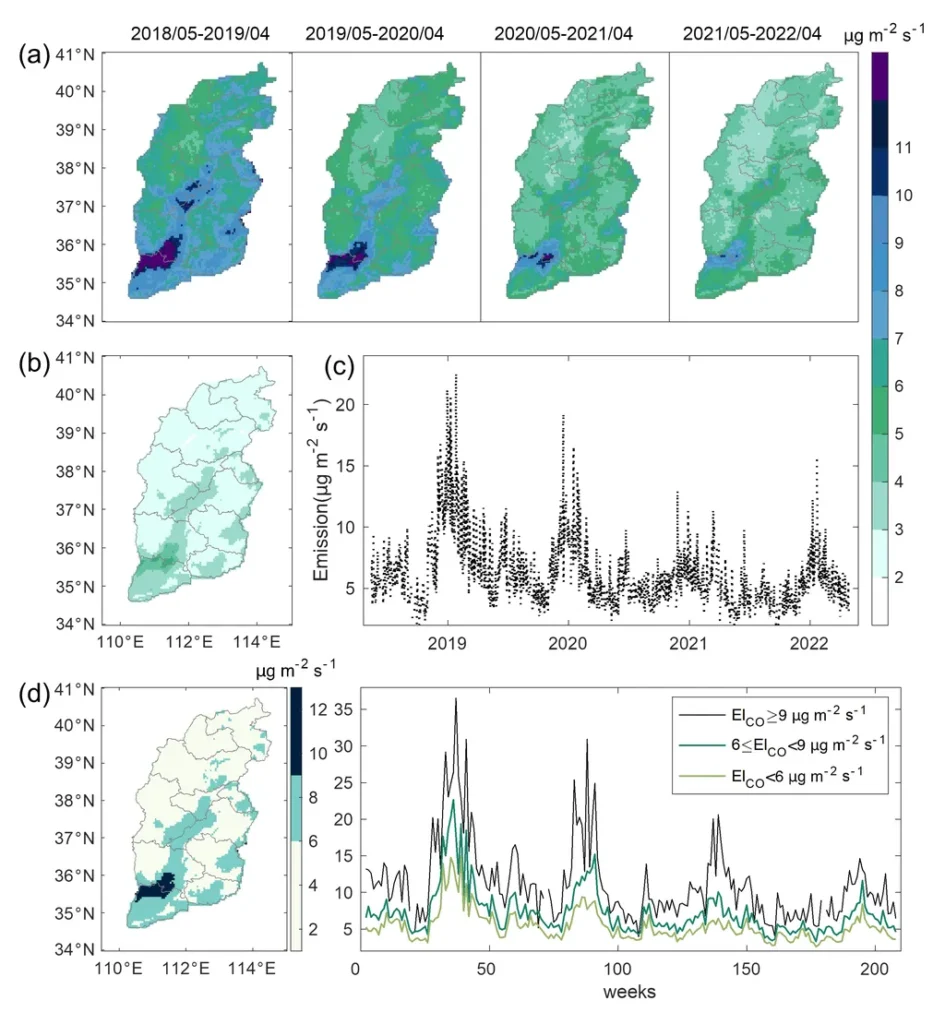In the heart of China, researchers are unraveling the complexities of methane, a greenhouse gas that’s second only to carbon dioxide in its impact on global climate. The findings, published in a recent study led by HAN Yuanyuan from the School of Environmental and Chemical Engineering at Xi’an Polytechnic University, offer a stark warning and a roadmap for the energy sector grappling with the dual challenges of climate change and economic growth.
Methane, often overshadowed by its more infamous cousin carbon dioxide, is a potent force in the Earth’s atmospheric dynamics. “In recent decades, global methane levels have shown a significant increasing trend,” HAN explains, pointing to both natural sources like wetlands and human activities such as fossil fuel combustion and rice cultivation. This rise isn’t just a number on a graph; it’s a ticking clock for the energy sector.
The implications are profound. Methane in the troposphere, the lowest layer of the atmosphere, can alter the radiative balance, leading to global warming. But the story doesn’t stop at temperature rise. Methane also reacts with nitrogen oxides, indirectly affecting tropospheric ozone and influencing radiative forcing. In the stratosphere, methane’s increase affects global climate through complex chemical processes.
For the energy sector, this research is a call to arms. As countries, including China, ramp up efforts to reduce methane emissions, the need for efficient, economically viable solutions becomes paramount. “Further research is needed to address how to achieve efficient methane reduction while balancing it with economic development,” HAN notes, highlighting the delicate balance that policymakers and industry leaders must strike.
The study, published in Xi’an Gongcheng Daxue xuebao, which translates to the Journal of Xi’an Polytechnic University, paints a clear picture: the future of methane is a future of challenges and opportunities. For the energy sector, it’s a chance to innovate, to lead the charge in developing technologies that can curb methane emissions without stifling economic growth.
But it’s also a warning. The models predict that global methane levels will continue to rise, bringing with them an estimated increase in global temperatures. The energy sector, with its significant role in methane emissions, is on the frontlines of this battle. The question is, will it rise to the challenge?
As the world watches, the energy sector’s response to this research could shape the future of climate policy and economic development. It’s a high-stakes game, but with high stakes come high rewards. The energy sector has the power to turn this challenge into an opportunity, to lead the way in creating a sustainable, prosperous future. The ball is in their court, and the world is watching.

